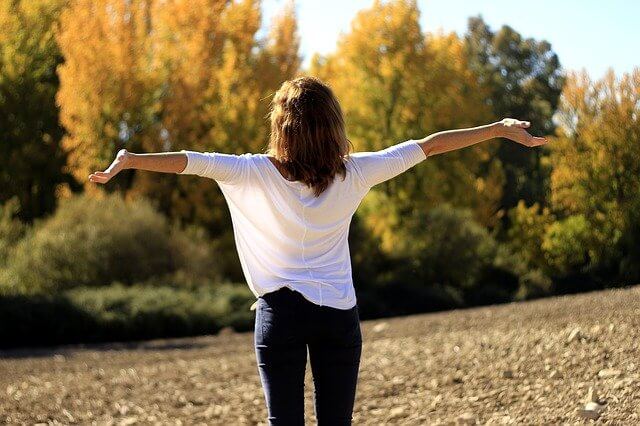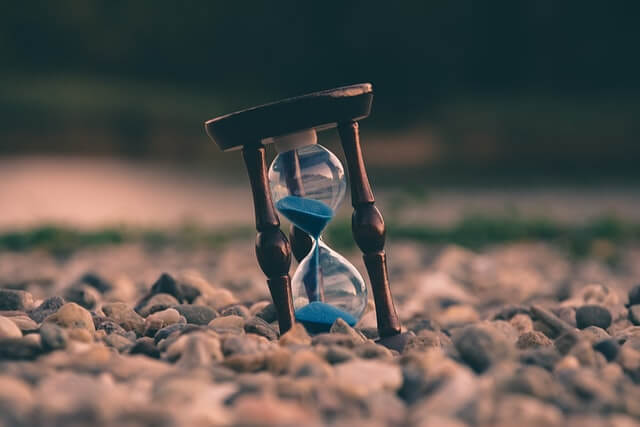Here is a beautiful story, about mindfulness, you will surely like it:
MINDFUL INDIVIDUAL: FISHERMAN
The industrialist was horrified to find the fisherman lying beside his boat, smoking a pipe.
“Why aren’t you fishing?”asked the industrialist.
“Because I’ve caught enough fish for the day.”
“Why don’t you catch some more?”
“What would I do with them?”
“Earn more more money. Then you could have a motor fixed to your boat and go into deeper waters and catch more fish. That would bring you money to buy nylon nets, so more fish, more money. Soon you would have enough to buy two boats, even a fleet of boats, then you could be rich like me.”
“What would I do then?”
“Then you could sit back and enjoy life.”
“What do you think I’m doing now?”
– from “Timeless Simplicity by John Lane
Mindfulness…ever since 2020 this practice has found a newfound fame. After all that we have faced and/or have been facing in the form of this pandemic, mindfulness is something every second person has been stressing relentlessly.
But what is it?

Mindfulness is observing your life as it is happening, noticing thoughts as they arise without the need to buy into them, allowing feelings to exist without letting them drive your actions, taking action based on your determination not on old habits or short-term convenience, accepting your current situation without judgment, accepting where you are but okay with not settling for it and there is much more to it.
Sounds confusing?
Well, I don’t blame you because initially, it looks like a lot to take in.
But as we go about it, it will seem much more likable to you. But as of now, let’s uncomplicate it a bit so you don’t have to leave this article midway.
Mindfulness is the practice of being aware of what you are sensing and feeling in the moment, without interpretation or judgment.
While many associate with it as a meditative practice, there is much more to it. One can practice mindfulness right from the content you consume to the food you eat.
Yes, it is that vast!
Alan Watts, the famous British writer, once said,
“We are living in a culture entirely hypnotized by the illusion of time, in which the so-called present moment is felt as nothing but an infinitesimal hairline between a causative past and an absorbingly important future. We have no present.
Our consciousness is almost preoccupied with memory and expectation. We do not realize that there never was, is, nor will be any other experience than present experience. We are therefore out of touch with reality.“
It is almost eerie how this still stands true and will stand true even in the times to come.
Students, like everyone else, face the challenge of attention deficiency.

With a new digital distraction rolling out every second, it becomes increasingly difficult to focus on the right things. If that wasn’t enough students also bear performance competition, anxiety regarding future opportunities, exam stress, and the list goes on.
A new study suggests that mindfulness education-lessons on techniques calm the mind and the body-can reduce the negative effects of stress and increase student’s ability to stay engaged, helping them stay on track academically and avoid behavior problems.
This shows that it is high time educational institutes should begin mindfulness classes.
If we look back, we must have watched movies or read books that preach mindfulness in its utmost forms like Eternal Sunshine of the Spotless Mind, The Matrix, Brave New World, Mulholland Drive, Amelie, Cloud Atlas, The Truman Show, and this list can go on.
Now the question in your mind is – how do we start practicing it? Below are a few ways one can start practicing mindfulness.
Also Read | Best 15 Inspiring Movies For Entrepreneur – Must Watch
1. Consume Content Mindfully

Watching some random LA vlogger order what the person in front of them ordered will contribute very little to your personal development. If you use that time to watch a video on finance management or on little ways to combat climate change, it will help you personally and live consciously.
2. Be Mindful of What’s on Your Plate
As the days pass everyone is making little changes to be a little more sustainable. But sustainability isn’t only about going vegan. Pay attention to what is on your plate and where it is coming from.
Be grateful.
As Rujuta Diwekar says – eat local, think global.
Also Read | What does self-independence mean to you? Do boys have all the freedom?
3. Just Breathe

The hustle and bustle of living in the 21st century can be suffocating. Remember to take breaks, go out for walks, do a little pranayama session or a short guided meditation.
4. Journal

Do not, I repeat, do not undermine the power of journaling. People have broken mountains and gone places with this little practice that barely takes any time. The only tool that one requires is the will to begin.
Also Read | The Reminiscences of My School Days – Walk Down the Memory Lane
5. Listen to Your Needs not Trends

Fad diets will come and go, new pieces will sashay down the runway every season but what stays with you and never gives up on you are your body and mind so listen to them and nurture them.
There are literally millions of other ways we can practice mindfulness.
Remember,
It’s not limited to what this article says and no one can ever cover it whole solely. Do not beat yourself to ever practice mindfulness in its utmost form right from the start. It comes with practice. Mindfulness is not controlling your thoughts. It is, instead, not letting your thoughts control you.
Mind you, multitasking is not something to be applauded for. In this go-getter century, it definitely is, but in the long run, it will hamper your mind, body, and soul which will ultimately prove to be futile.
Also Read | 4 Study techniques you need to know to ace your exams
Multitasking will never allow you to focus on any of the n number of tasks you try to complete at the same time and it will not save you any time.

Initially, it might seem like you are saving a lot of those extra hours but either one of those tasks will lack proper completion if you try to multitask.
As humans, we have four main challenges – distractibility, loneliness, negative self-talk, and the feeling/fact that you have no meaning/purpose in life and the four pillars of life which help us combat these four challenges – awareness, connection, insights, and purpose.
Ever questioned why certain people are so resilient towards life’s challenges while others are not?
It’s all in the way we train our brains to react to different thoughts. Our brain’s wiring is not fixed-it is adaptable. This is called neuroplasticity.
Being mindful is using neuroplasticity to train our brain in the best way possible to maintain an equilibrium.
So, by now you might have a question in your mind – Does mindfulness not allow me to think about my future or reflect on my past at all?
Again, gratitude comes in. Remember mindfulness isn’t only sitting in your yoga mat meditating or eating vegan food, day in and day out. Gratitude, awareness, self-reflection, and insights are key pillars in being mindful while planning for the future.
You can always plan for the future while practicing mindfulness, just don’t get so caught up in it that you forget to live today.
Remember
The mind is like water; when it’s turbulent, it’s difficult to see; when it’s calm, everything becomes clear.
I sincerely hope this article helps you in some way. Have a great day ahead!
Comment below your thoughts on this article 🙂
[crp]

